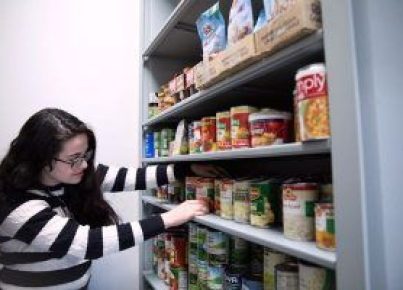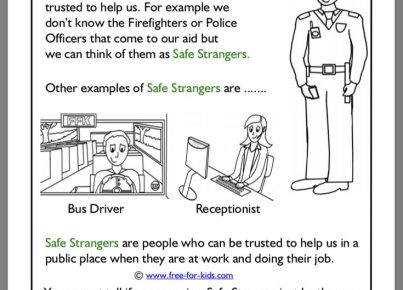In a world grappling with environmental challenges, sustainability education is crucial. It empowers students with the knowledge, skills, and values to confront complex ecological issues and participate in building a more sustainable future. Recognizing its importance, educators worldwide are seeking effective sustainability teaching resources to incorporate into their curricula.
Not merely confined to science classes, sustainability can permeate a range of subjects such as social studies, language arts, economics, and mathematics. Through interdisciplinary approaches, students can examine sustainability from multiple perspectives, understanding how it influences and is influenced by social systems, cultures, economies, and technology.
Several organizations offer comprehensive teaching materials designed to foster sustainability. The Environmental Protection Agency (EPA) provides lesson plans and activities that stimulate discussions about climate change, waste management, and natural resource conservation. The World Wildlife Fund (WWF) offers curriculum guides for different age groups that touch on biodiversity and conservation efforts.
Project-based learning is another method that brings sustainability education to life. Projects like school gardens teach children about plant biology, nutrition, and the importance of local food systems. Similarly, initiatives like recycling drives or energy-saving campaigns integrate math skills as students track data related to their project’s impact.
Digital platforms also offer interactive tools for students to engage with sustainability topics deeply. Websites such as Green Education Foundation have an array of resources on sustainable water use, renewable energy sources, and eco-friendly transportation which include virtual labs and simulations.
To ensure these resources resonate with students personally and underscore individual responsibility towards sustainability:
1. Educators should tailor activities that reflect local environmental issues.
2. Lessons must be age-appropriate but challenge students to think critically.
3. Including community service components where possible can enhance real-world connections.
4. Finally, collaboration with external environmental organizations can provide access to expert knowledge and additional resources.
Equipping educators with an arsenal of well-structured resources will better prepare our youth for the challenges of tomorrow by instilling a durable consciousness toward global stewardship today. As educational paradigms shift towards greater awareness of our planet’s fragility and finite resources, integrating sustainability into teaching becomes not just an option but an imperative part of shaping responsible global citizens.





